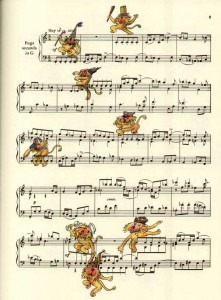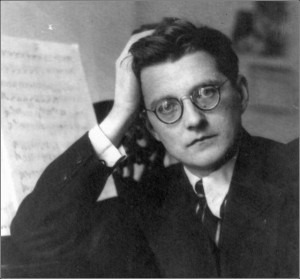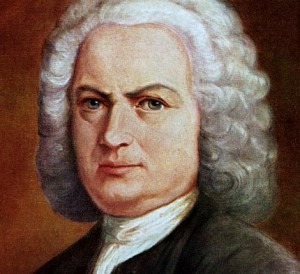
Ludus Tonalis
Paul Hindemith: Kammermusik No. 2, Op. 36. No. 1
Paul Hindemith wrote, “It is difficult to say what today’s average listener expects from an orchestral concert. We find all types of orchestral music on the programs, from the shallowest entertainment pieces to high-tension symphonies of the confessional kind.” If the Kammermusiken had looked toward the Brandenburg Concertos, Hindemith’s Concerto for Orchestra takes its inspiration from the Orchestral Suites by J. S. Bach. Hindemith employs the full orchestra, but balances the wind, brass and string sections. The orchestra, in essence, is used as a large-scale chamber ensemble. He wrote after the premiere, “The new orchestral piece had its first performance. It is good. Sounds right. The success was very big – some hissers, of course, but as a result the applauders all the keener … Good as it was, the performance was not yet all it should be; this kind of playing and ensemble technique is still too new for the players; they play everything in the Wagner and Strauss manner, which of course means that what should be light, elegant and flowing becomes heavy and ponderous.”
Paul Hindemith: Concerto for Orchestra, Op. 38

Dmitri Shostakovich
J. S. Bach: Well Tempered Clavier, Vol. 2, Prelude No. 22 in B flat minor, BWV 891
Fugue No. 22 in B flat minor, BWV 891
Bach’s efforts, very predictably, became a deep and seemingly inexhaustible source of inspiration for subsequent generations. Paul Hindemith, who wrote a number of music-theoretical works, was also interested in a rational order for harmony and melody. His fundamental theory suggests that, “the twelve degrees of the chromatic scale have an innate hierarchical relationship based on acoustical principles and demonstrate a diminishing relationship to the keynote in the series.“ Theory being theory, Hindemith went to work on a practical application in 1942 and composed his Ludus Tonalis (Tonal Game.” Subtitled “Kontrapunktische, tonale, und Klaviertechnische Übungen” (Counterpoint, tonal, and technical studies for the piano.” This twentieth-century equivalent of Bach’s Well Tempered Clavier contains twelve three-part fugues separated by eleven interludes, which start in the tonality of the previous fugue and end in the tonality of the next.

J.S. Bach
“Fugue in B-flat major”
Bach’s influence on the 20th century also included Russia’s most prominent composer after WW2, Dmitri Shostakovich. In 1950, Shostakovich went to Leipzig to partake in a musical festival commemorating the bicentennial of J. S. Bach’s death. He was on the jury panel of the International Johann Sebastian Bach Competition, when a young Muscovite offered to play any of the 48 Preludes and Fugues of the Well-Tempered Clavier on request. Try as the jury might to derail the contestant, the young pianist was up to the task and won the competition. Once Shostakovich returned to Moscow, he immediately started his own cycle of 24 Preludes and Fugues. Shostakovich stays close to Bach by presenting preludes and fugues in the major and parallel minor modes, yet arranges them according to the circle of fifths.
Dmitri Shostakovich: 24 Preludes and Fugues, “Prelude and Fugue in B minor”
In the final episode devoted to Paul Hindemith we will take a closer look at the composer’s claim that “Old folk song, war songs of the Reformation period, popular song of the German Renaissance and Gregorian chant were the nourishing foundations of much of my music.”


